Last week I took the wonderful Leica Q on an organised railway tour of the Bernese Oberland. It turned out to be a one-camera-one-lens adventure and all the shots in this article are from the Q. Click on the pictures to enlarge
By nature I am not a package-tour traveller. Normally I like to fly my own kite, revelling in planning and arranging and taking off in whatever direction takes my fancy. I usually hate to be tied down to a fixed schedule. Sometimes, though, a very specialised tour can be fun. So it is with overseas trips organised by the Norfolk-based Railway Touring Company. I’ve done a few one-day rail outings within the UK and, two years ago, I did their Bavarian Winter week based in Augsburg.
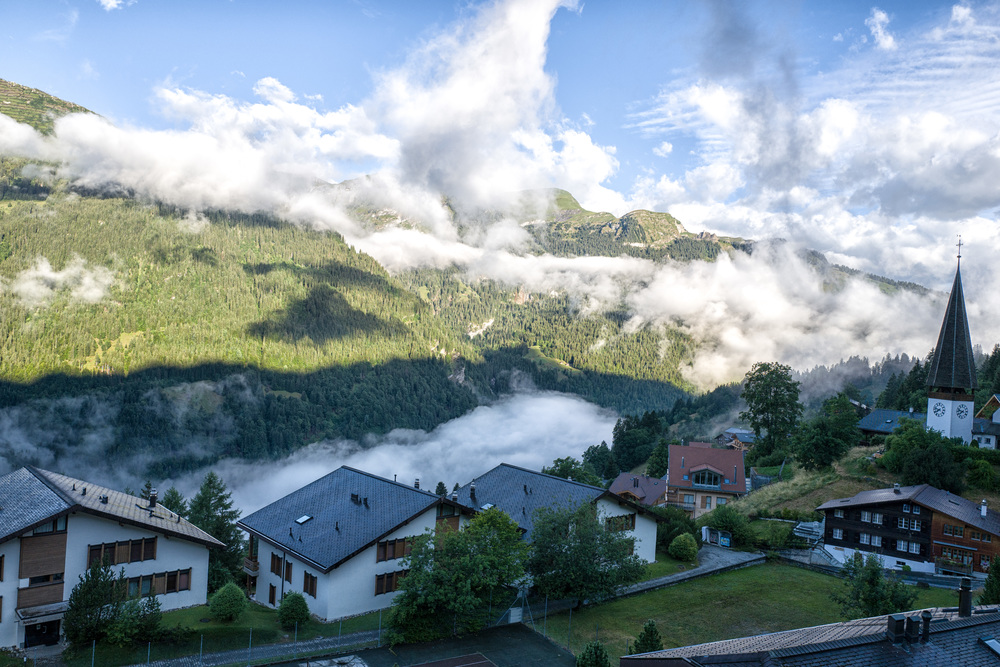
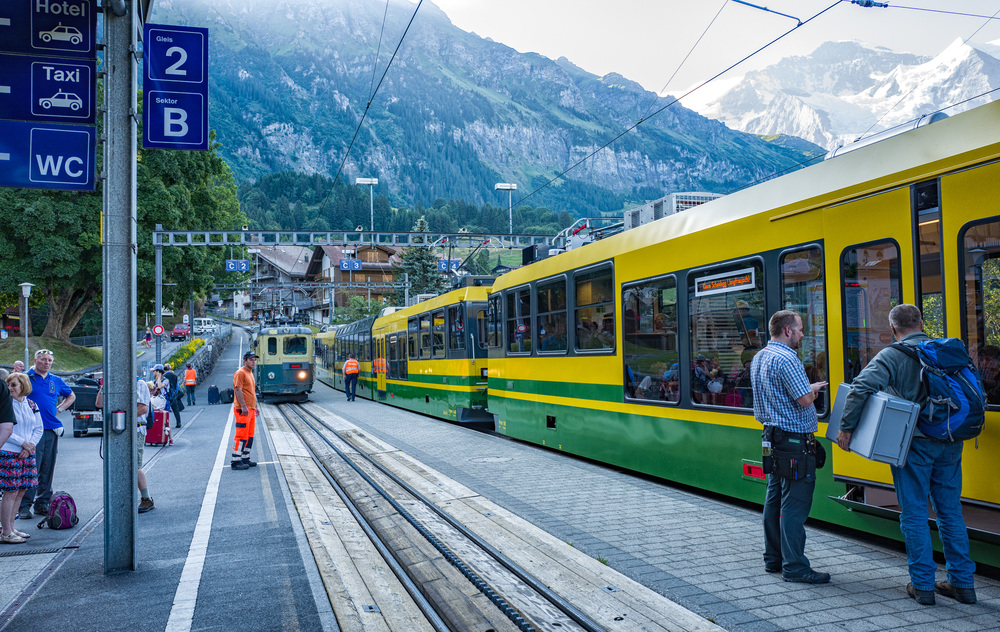
When I saw that the RTC runs a well-established trip to the Bernese Oberland in Switzerland I was immediately hooked. This eight-day trip is based in the village of Wengen, near Interlaken, and it is an area I already know very well from regular visits over 30 years. For years I dutifully spent two September weeks in the village of Lauterbrunnen, down from Wengen, and hiked my socks off. I’ve neglected the area over the past five years so this was a good opportunity to get up close and familiar again.
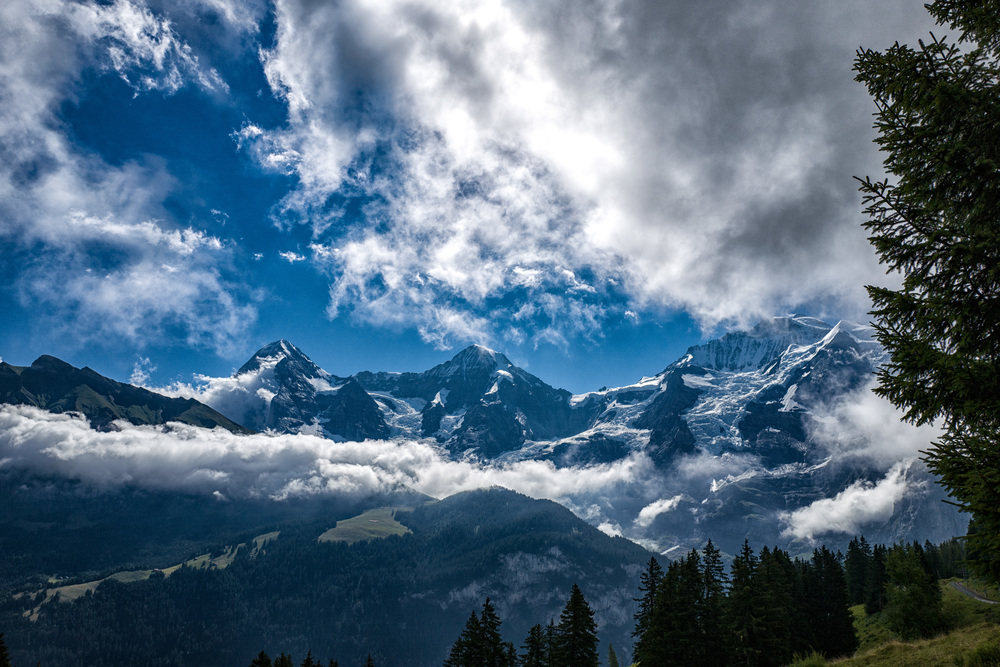
Trains, trains and more trains
The unusual bit of RTC European adventures is that everything is done by train, not an aircraft in sight. For railway enthusiasts this is a big bonus and even I, a fair-weather track fancier, was attracted by the idea of heading to Switzerland by rail. It’s all too easy to hop on a plane to Zurich or Bern for a ninety minute flight. Quite another to do it by train.
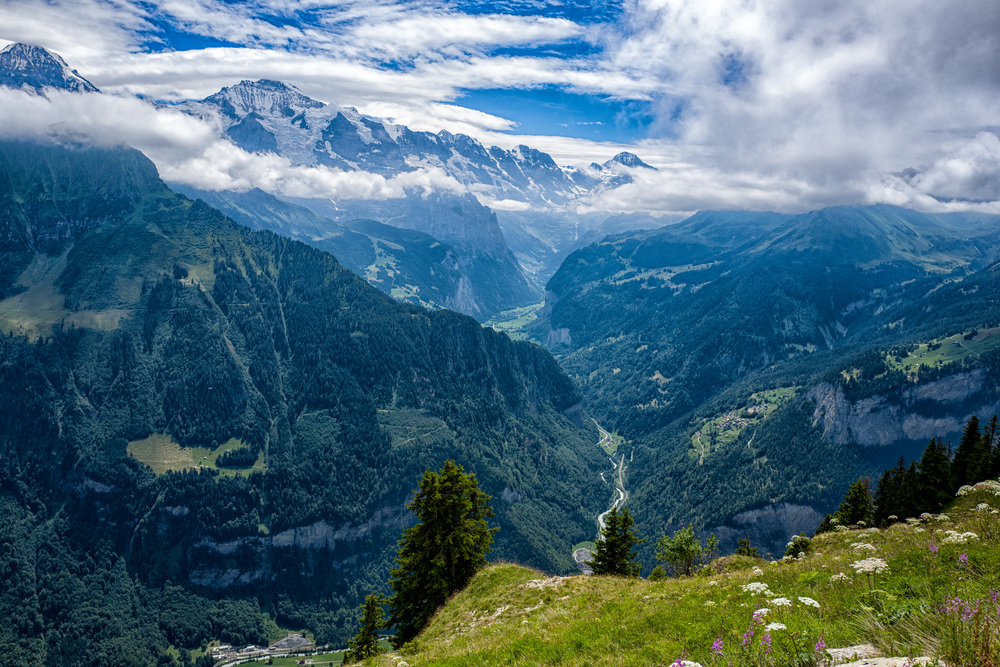
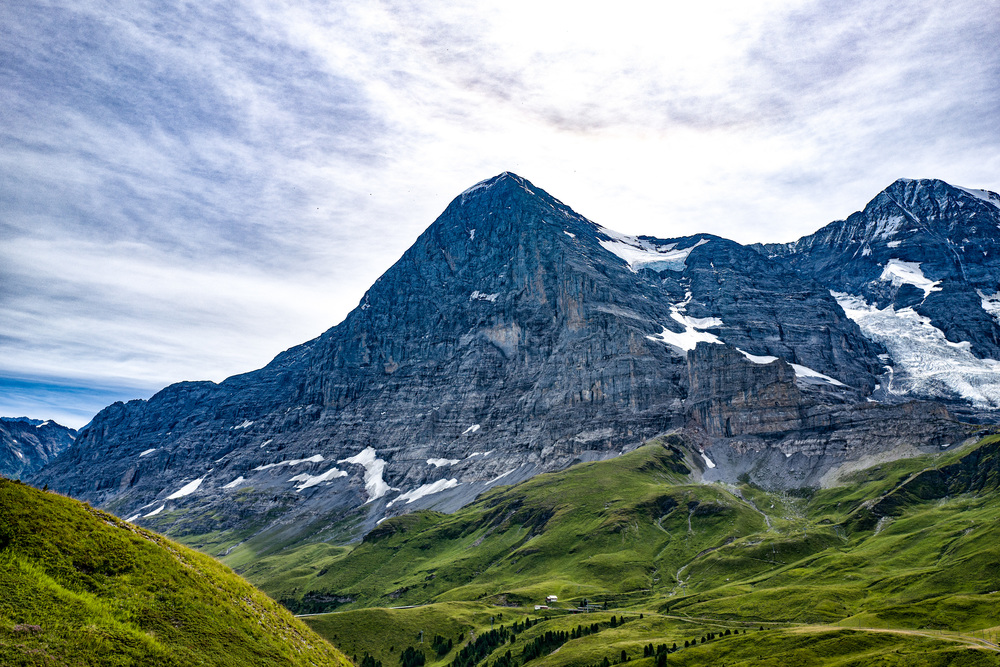
Above: Two shots of the Jungfraujoch. In the full frame you see the edge of the Eiger, the Mönch and the Jungfrau. Klein Scheidegg railway station is visible in the bottom right corner. The second shot is a crop of the first, highlighting the Jungfraujoch complex which adjoins Europe’s highest railway station. Again, remarkable cropping ability from the Q’s full-frame sensor
When I booked up, however, I hadn’t anticipated the sheer number of trains I would have to lug my luggage onto in both directions. Both the outward and return journey saw us clambering into no fewer than six separate trains: Eurostar from London to Paris, TVG to Strasbourg, regional express to Basel, ICE train from Basel to Interlaken, Berner Oberland Bahn (BOB) to Lauterbrunnen and Wengernalpbahn (WAB) to Wengen. Phew, by the end of that I was ready for my alpine cot. But the overwhelming impression is one of efficiency and spot-on connections, particularly in Switzerland where everything ticks along seemingly without a hitch.
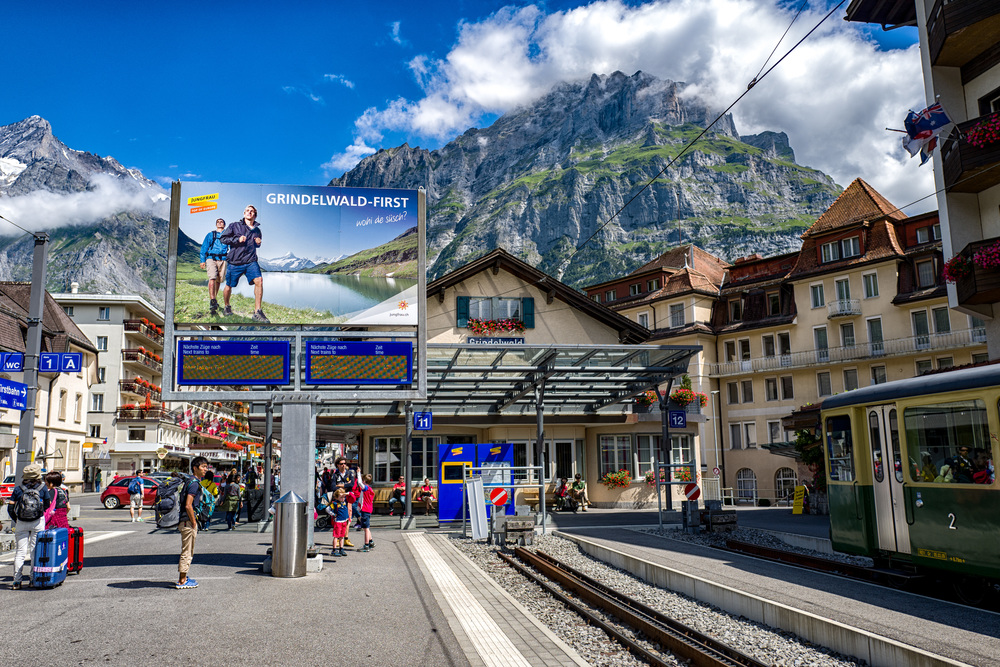
There were 36 of us on this jaunt and, after all the travelling, it was a relief to know that we would be based for the seven nights in the same hotel, the Alpine Sunstar in the village of Wengen, 4,180ft above sea level. It’s a very pretty, car-free town accessible only by WAB’s rack-and-pinion trains—which means all journeys begin and end by rail.
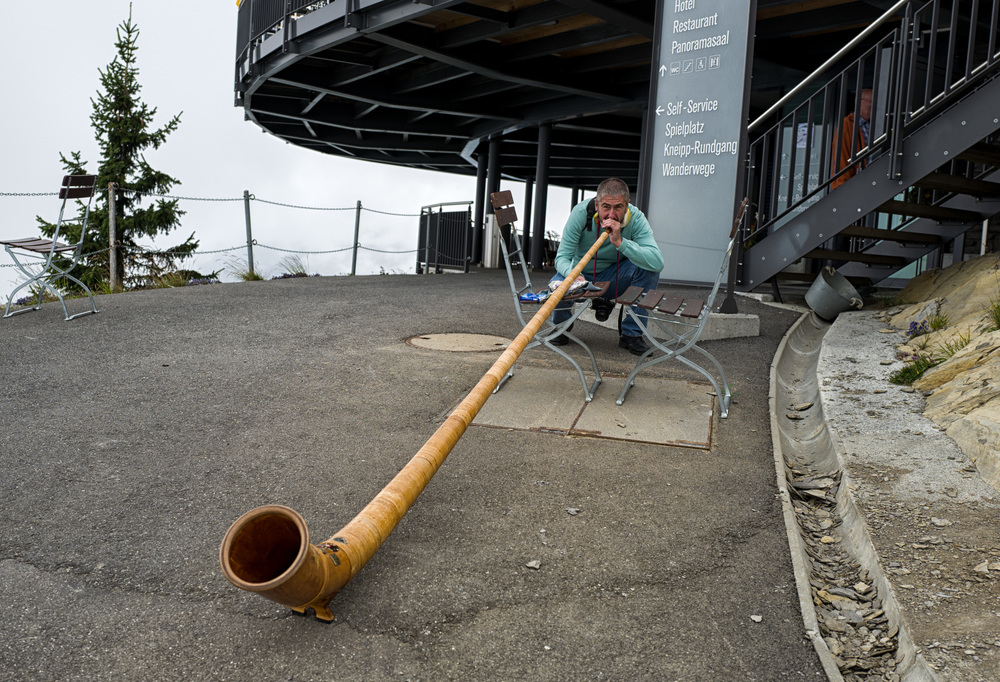
Although there were some serious railheads among the group, most of us were there for the alpine experience, the hiking and, in my case, the chance to do some photography in a wonderful environment.
Camera choice
I had deliberated which cameras to take but eventually settled on the 28mm Leica Q and the new Fuji X-T10 fitted with the great 56mm f/1.2. However, I soon realised that the wider lens was more useful, particularly for the scenic shots, and I ended up carrying the Leica almost exclusively. I had intended to get in some shots with the Fuji but, after the first day, I got tired of carrying two cameras and, clearly, the wider lens was the most able in the circumstances.

When I tested the Q I was blown over by the image quality and the excellent handling. And the week in Switzerland served to confirm these initial views. The quality of the images is indeed truly excellent and the advantage of the full-frame sensor makes moderate cropping to achieve a narrower view more than viable. As a long-time M owner, I did not feel in any way shortchanged by the Q. Both in terms of handling and quality it is a true M companion and is arguably the best general-purpose travel camera in Leica’s list.
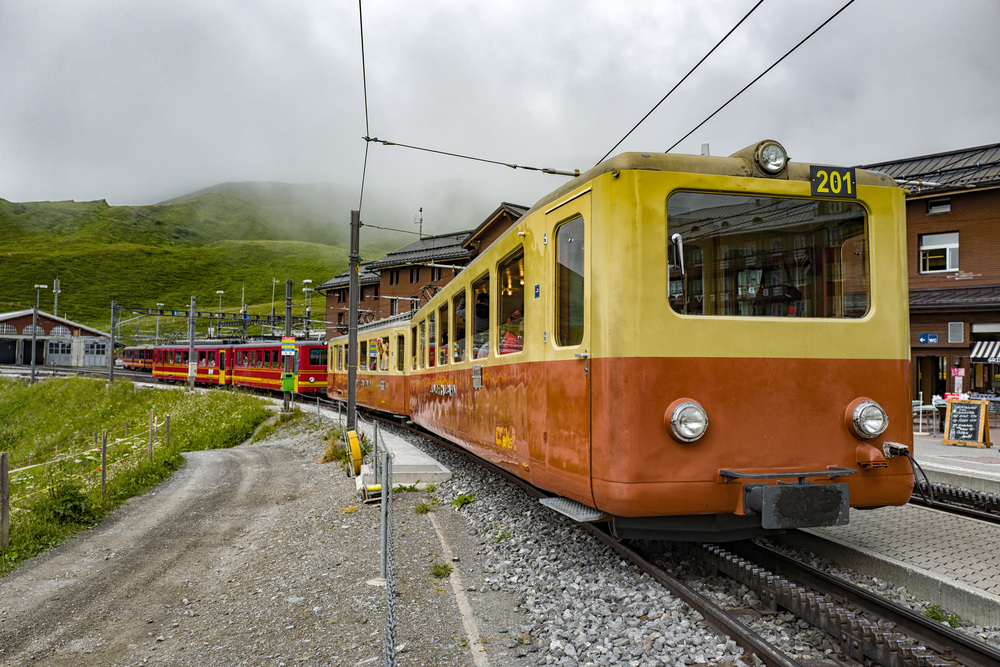
Strangely, although I had complimented Leica’s designers on the unique frame line implementation of 35mm and 50mm crops, I ended up shooting full frame all the time. This was partly because I had fitted an old Leica M Thumbs Up grip which, while excellent ergonomically, covers the crop control button on the back of the camera. I reckoned this was a good trade off in improving handling. But after playing with and enjoying the cropline feature during the test, I can honestly say I didn’t miss them during the past week. It’s a take-it-or-leave it thing and has absolutely no effect on image quality. It can be an aid to composition, especially for portrait work. What is clear, though, is that a 50mm focal-length equivalent is perfectly usable with the Q.
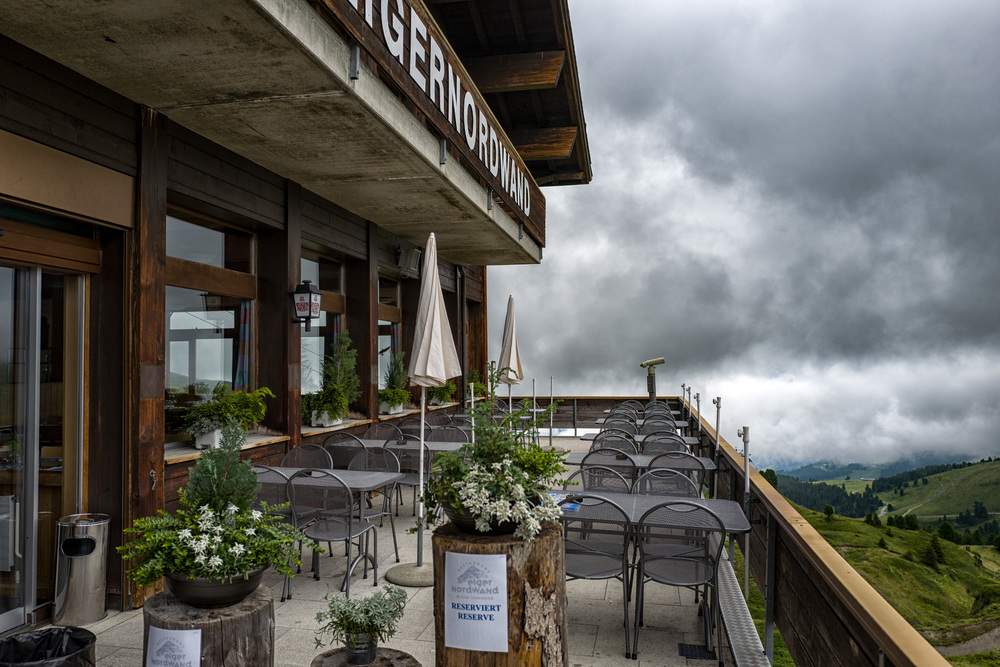
28mm fan
After a full week with the Q, I really appreciate the wide 28mm lens. I now prefer it to the more common 35mmm focal length employed by most other fixed-lens compacts such as the Leica X, Fuji X100T or Sony RX1. With the full-frame sensor in the Q, a crop to 35mm is barely noticeable in terms of ultimate resolution. On the other hand, you cannot uncrop a thirty-five. Only in portrait work is the wider lens a disadvantage and I find it useful to stand back in order to achieve a more flattering facial perspective, relying afterwards on cropping the image. Certainly for the sort of stuff I was taking last week—trains, landscapes, architecture—the wider image is a decided bonus.
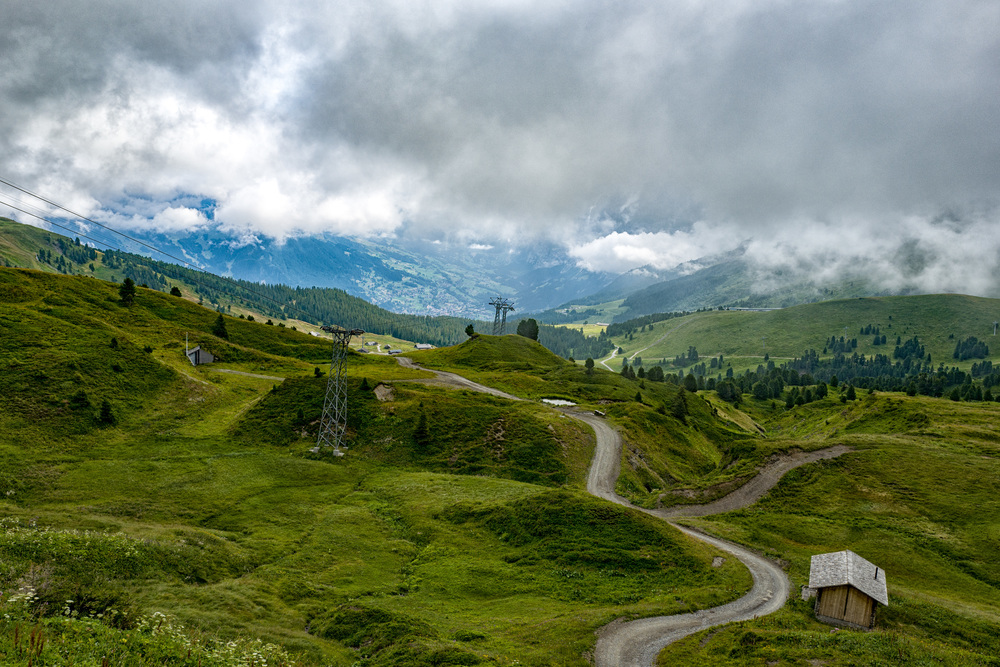
The simplicity of the Q shines through. Save for the addition of an electronic viewfinder, this camera is pared to the same essentials as the M240. It has simple minimal controls and options and it is possible to see all essential settings at a glance, even with the camera switched off. The lens, as I described at length in my test, is a masterpiece with its butter-smooth M-like controls and novel dual depth of field scales for both normal and macro use.
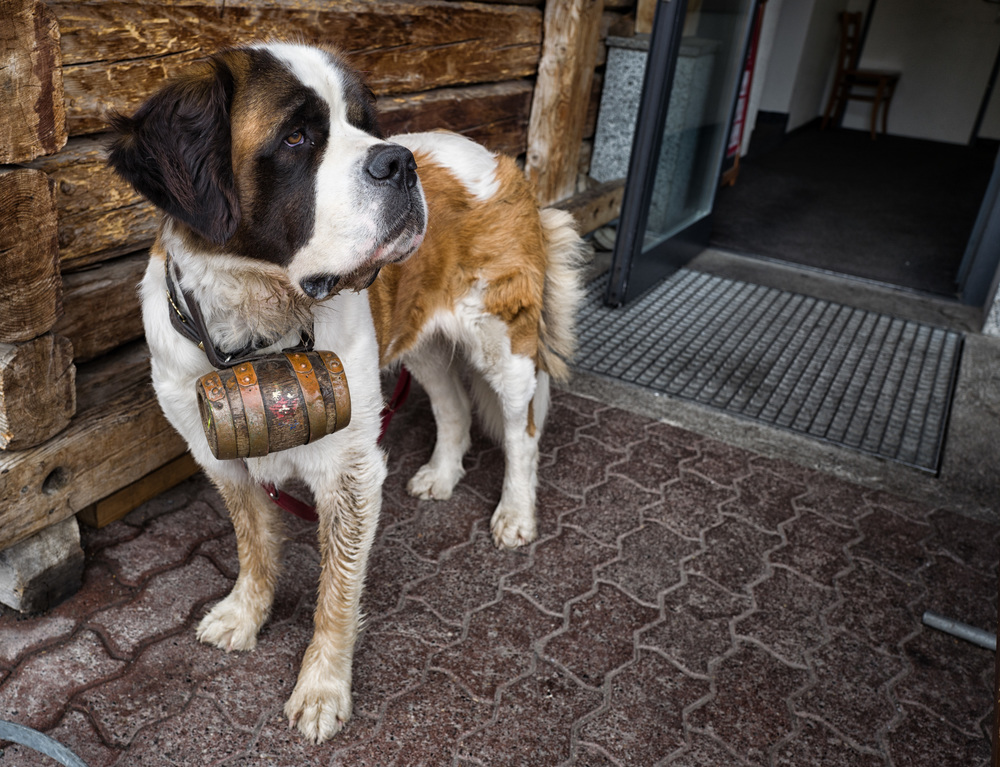
Altogether, the Q makes a near perfect travel companion. I dithered over the possible need for a longer focal length but, in the end, I need not have worried. The 28mm did the job and took away a fair chunk of indecision.
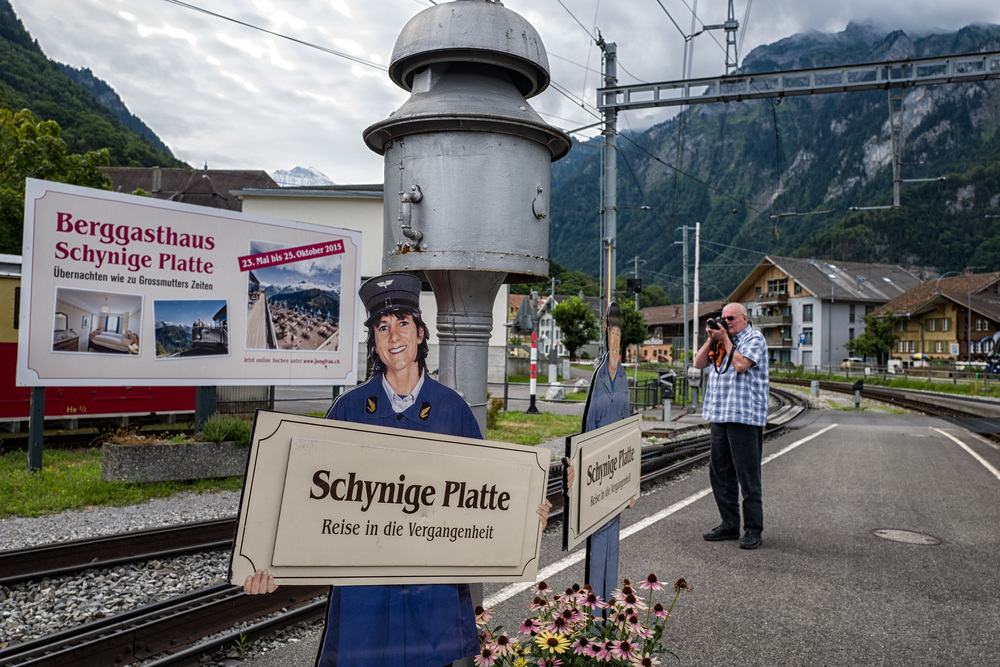
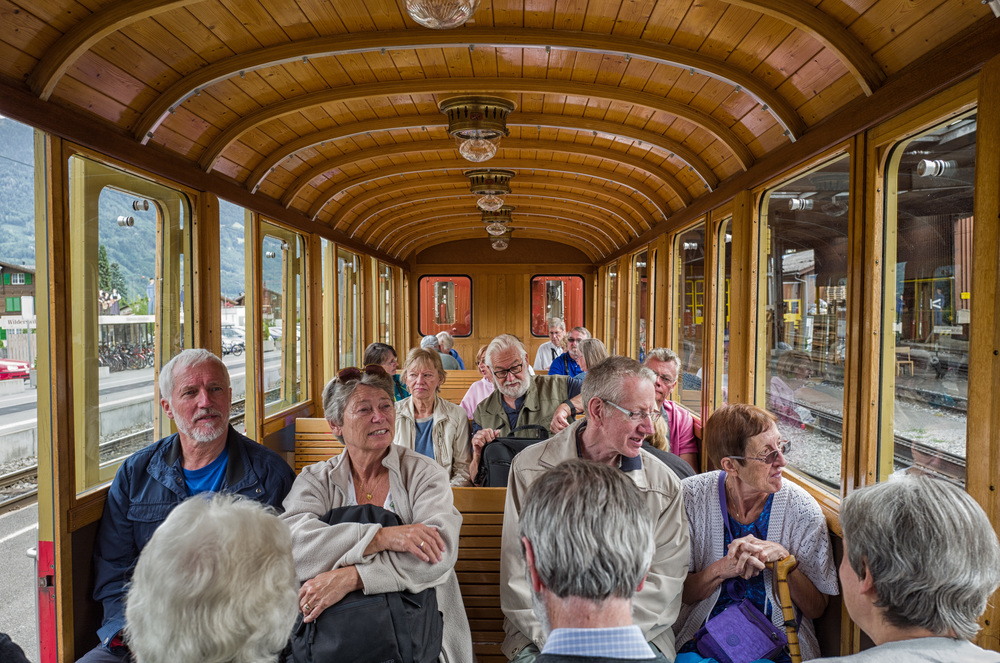
Lightweight companion
The camera is relatively light, at just under 700g ready for the road. This is 80g lighter than the M240 body alone. Add a 28mm Summilux to match the Q’s optic and the M tips the scales at a hefty 1,100g. For potentially similar performance, the Q is just so much more handleable and convenient as a travel camera. If you can cope with the single focal length, I would recommend the Q any time.
A trip on the steam-powered Rothornbahn from Brienz. Built in 1892, this was a turnkey system purchased by the citizens of Brienz. Some of the original steam locomotives are still in service, although newer versions were built in the 1990s. Note how the engines are angled to complement the track as it rises.
To my surprise I used auto focus almost exclusively. It is a very fast system, probably the fastest I have used, and I had no more than a couple of misses in the week. This doesn’t mean that the manual focus system is wanting in any way. In fact, it is the best manual focus I have found on any modern automatic camera. it’s just that there didn’t seem to be much point in taking the extra time to focus manually.
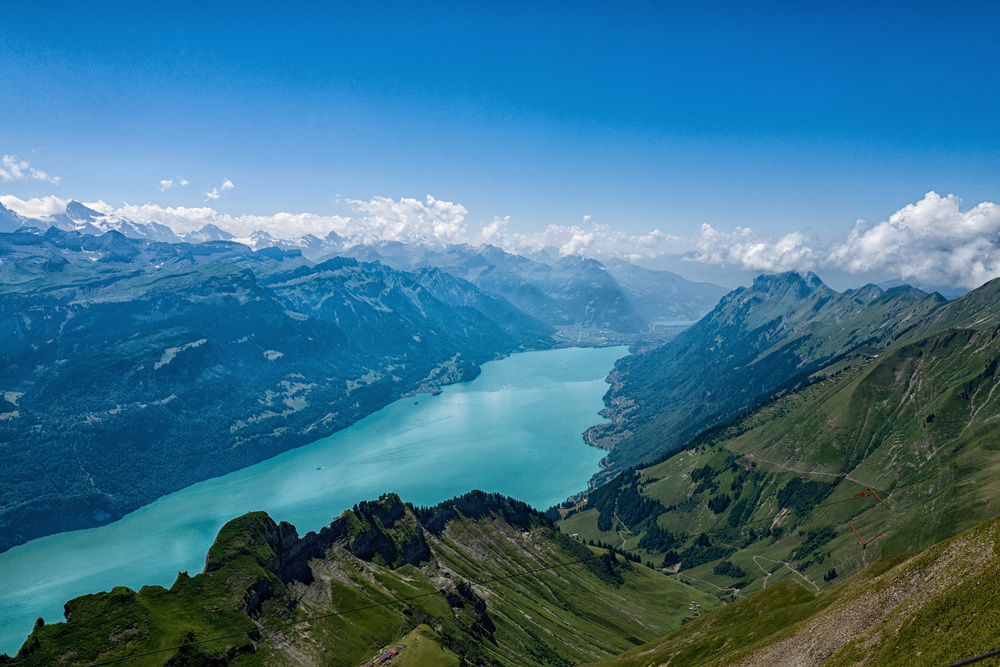
This Swiss adventure is just one of many railway-centered holidays organised throughout the world by the Railway Touring Company. In Europe, travel is entirely by train. This particular outing also includes a week-long Berner Oberland regional travel pass. Normally this costs over 300 francs (£200 or $310) but is excellent value in view of the very expensive walk-up individual tickets. It means that if you do not want to join the planned excursions (there are two free days, by the way) you can travel extensively throughout the region, on trains, buses and trams, for a set advance cost.
You can find the full itinerary here. Another excursion to the area is scheduled for August 19.
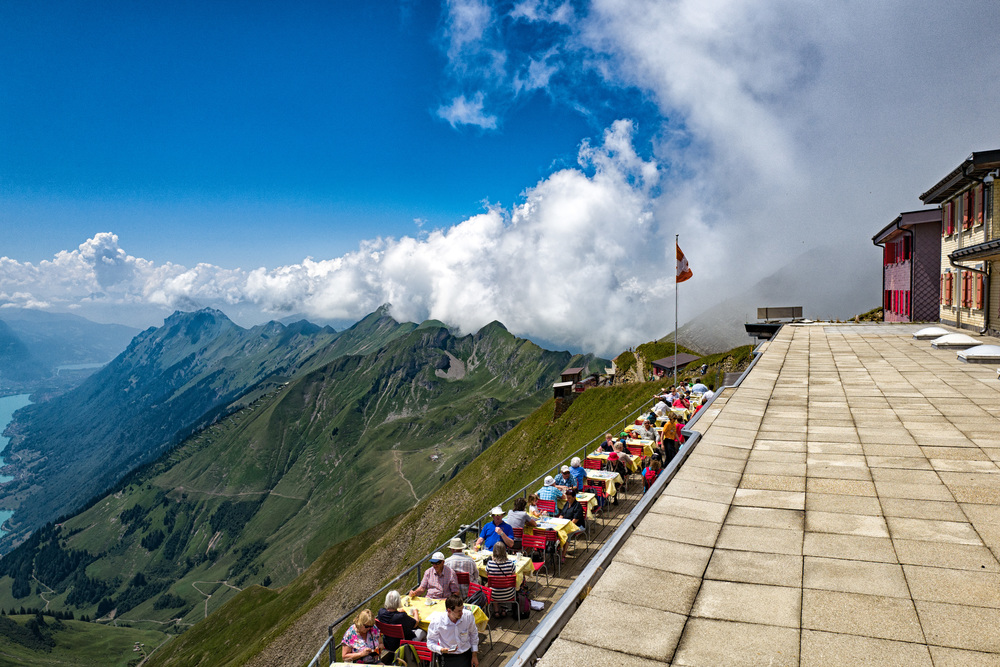
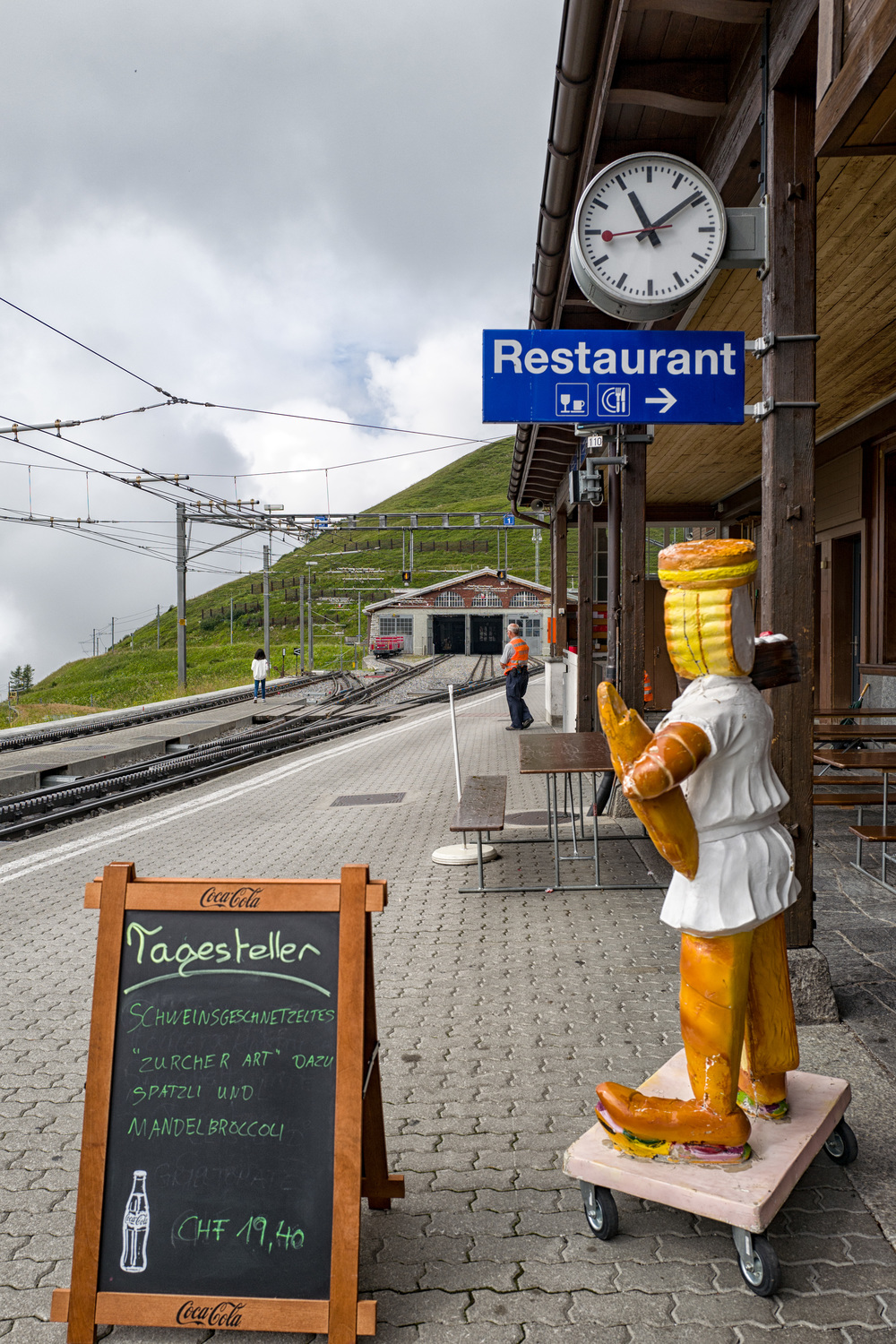
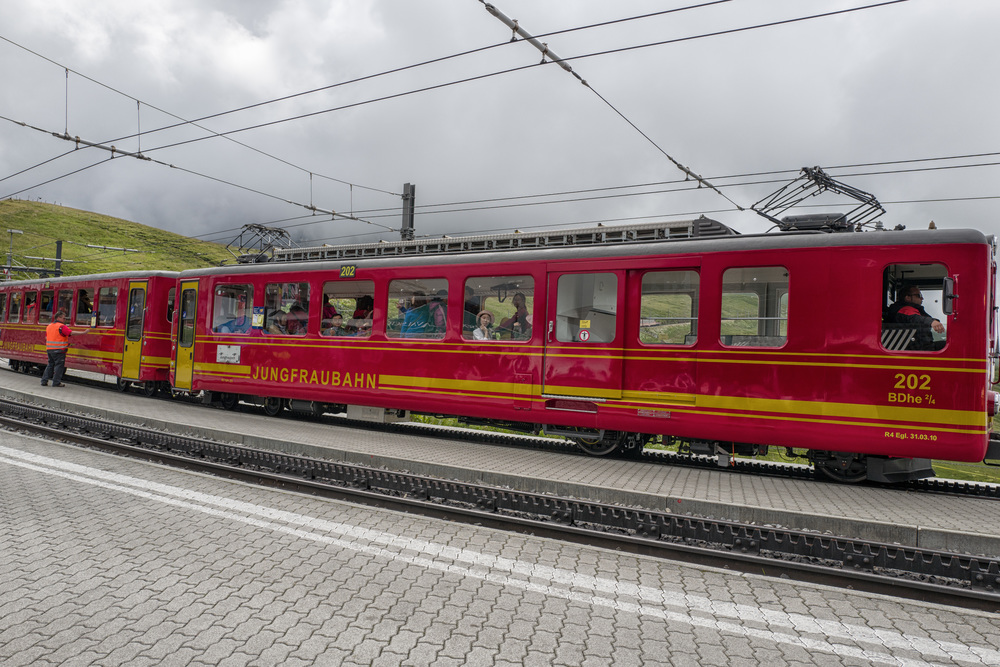
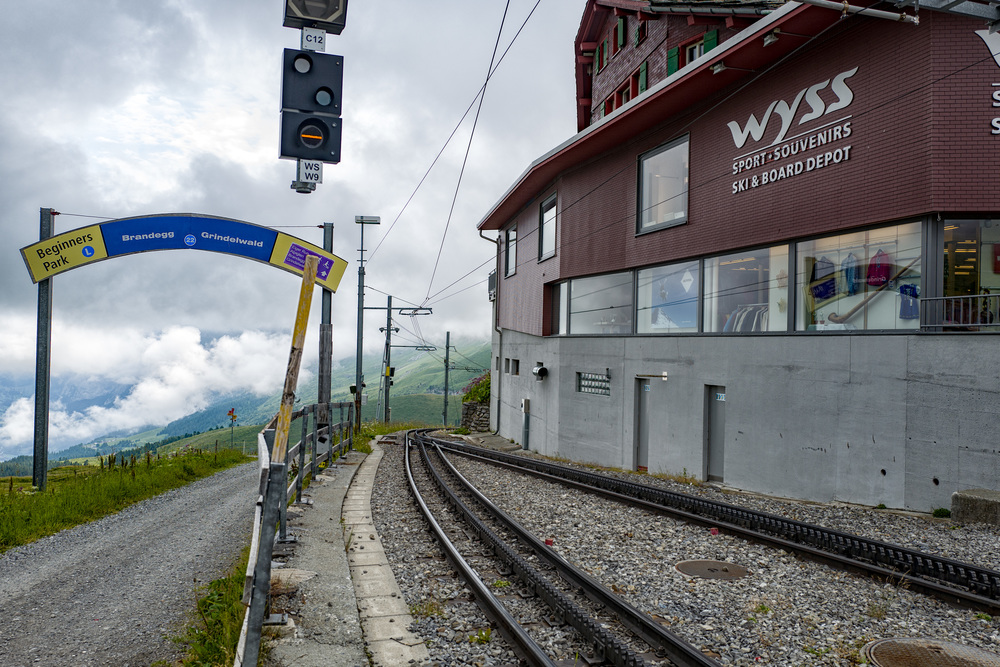
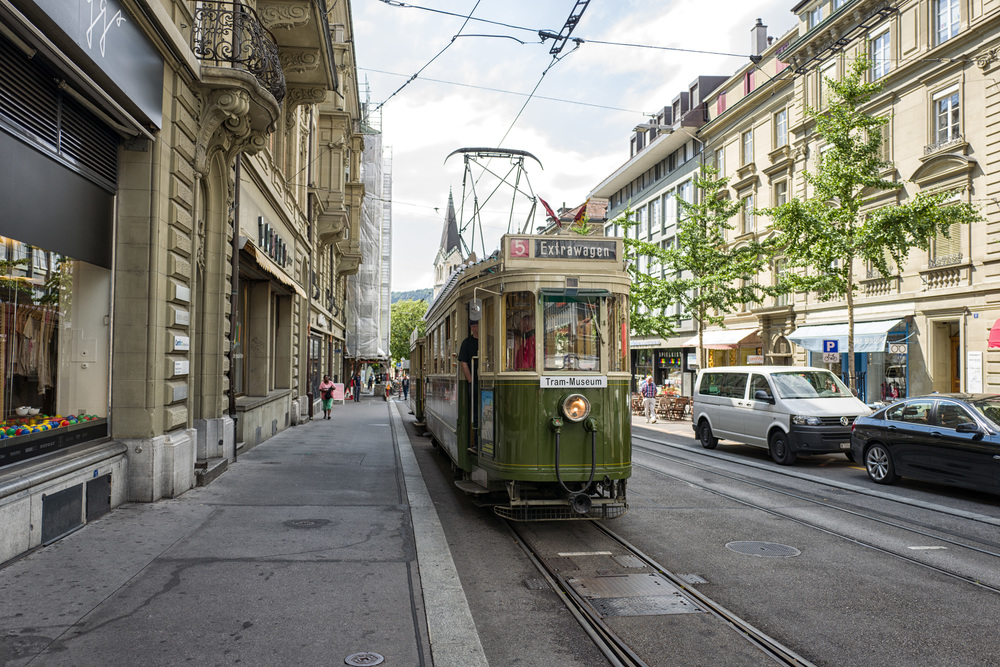
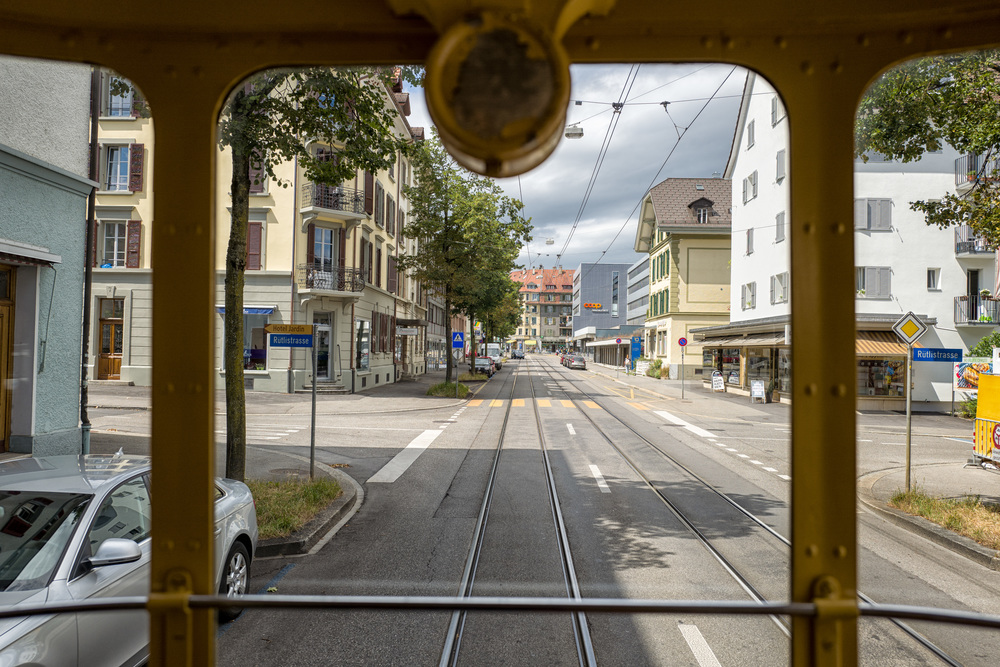
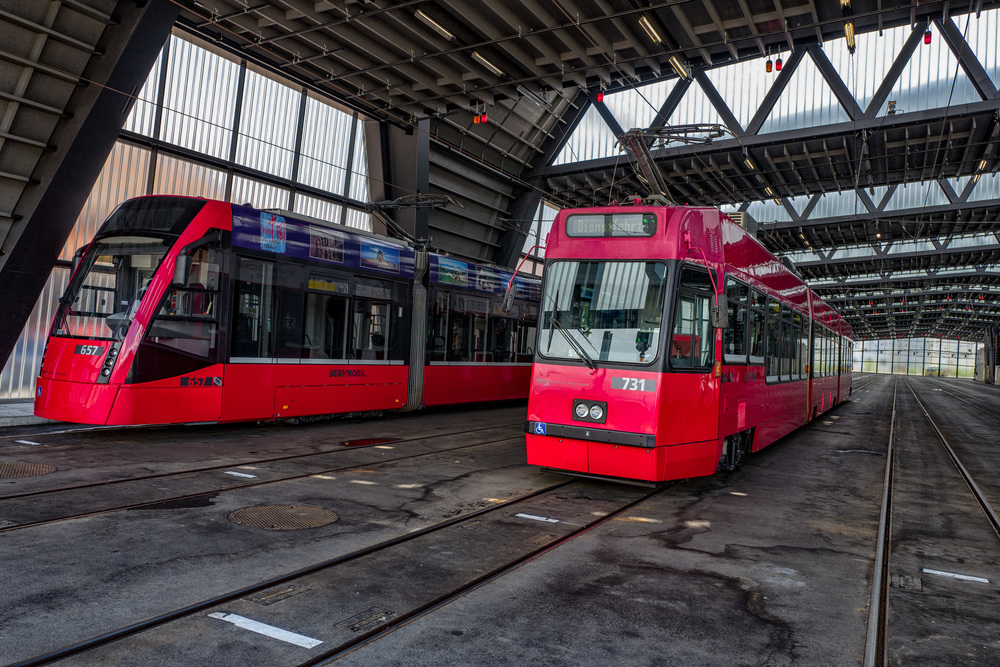
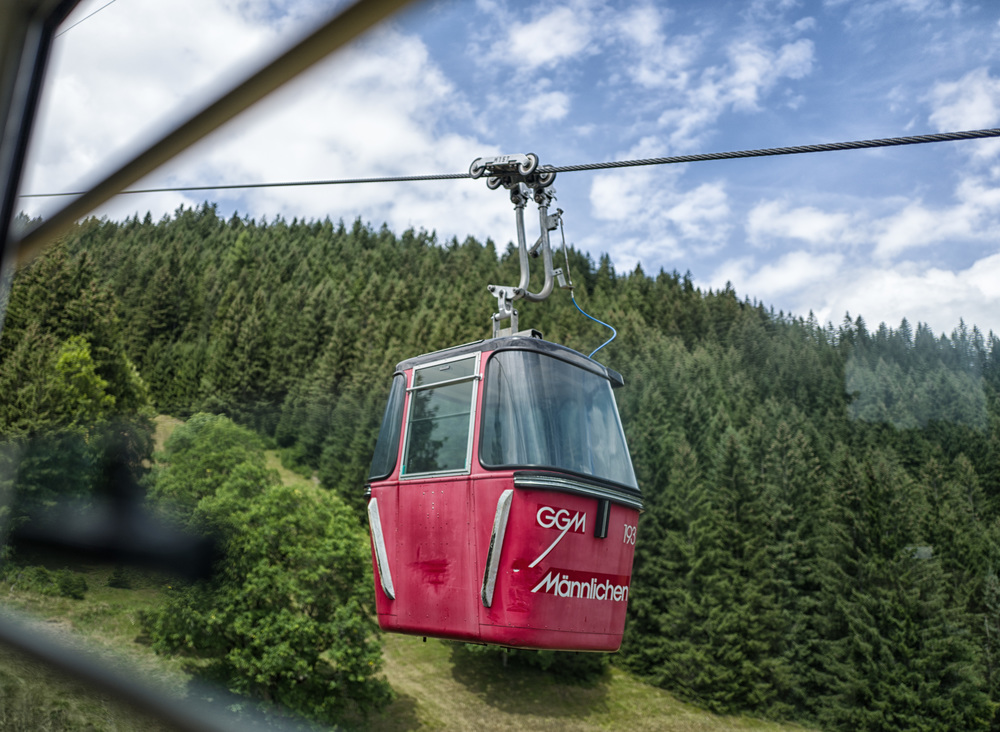
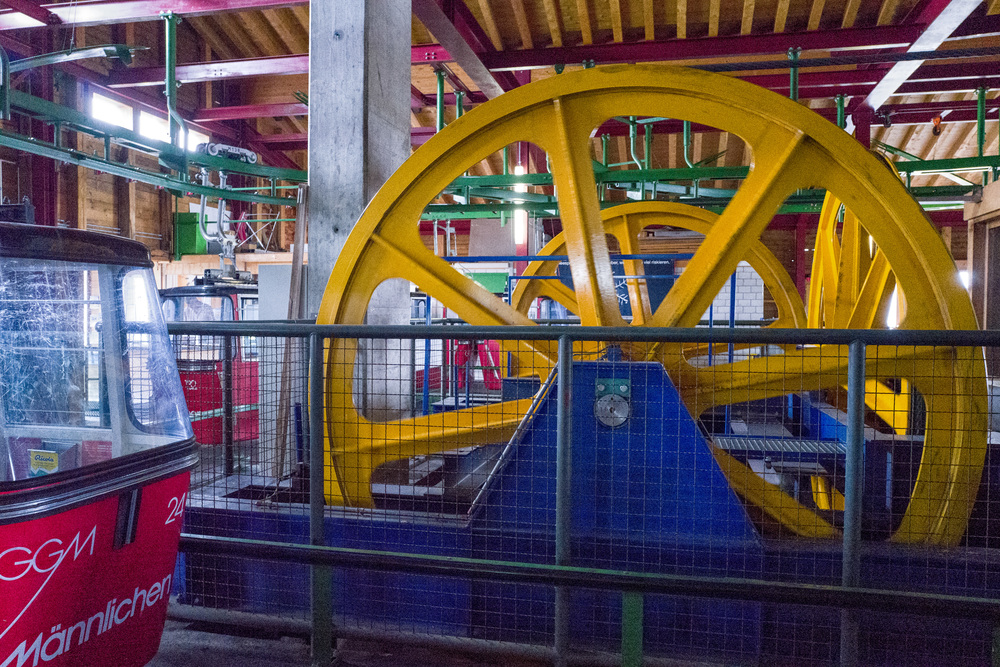
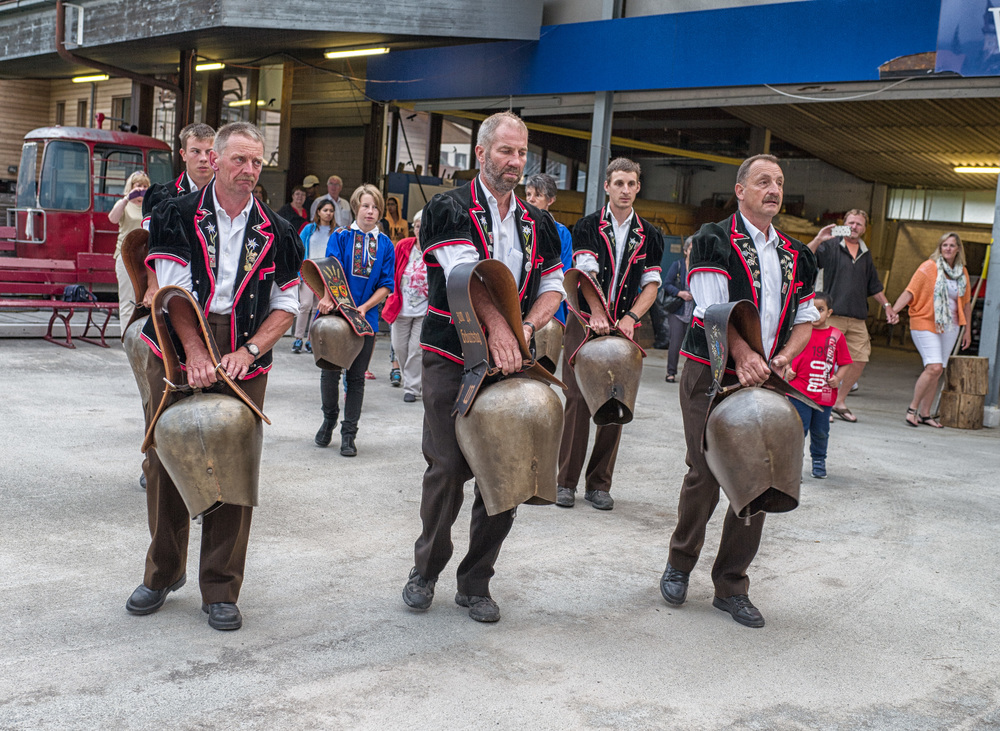
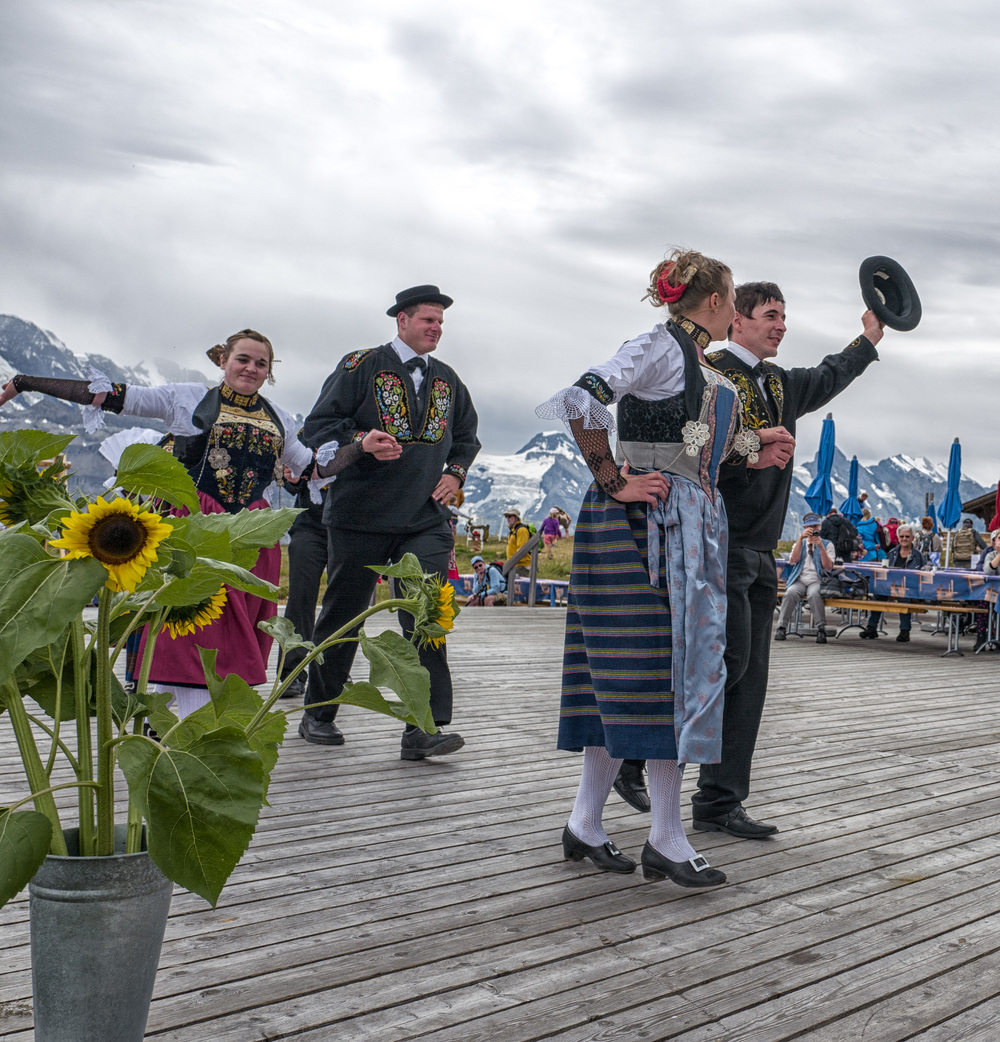
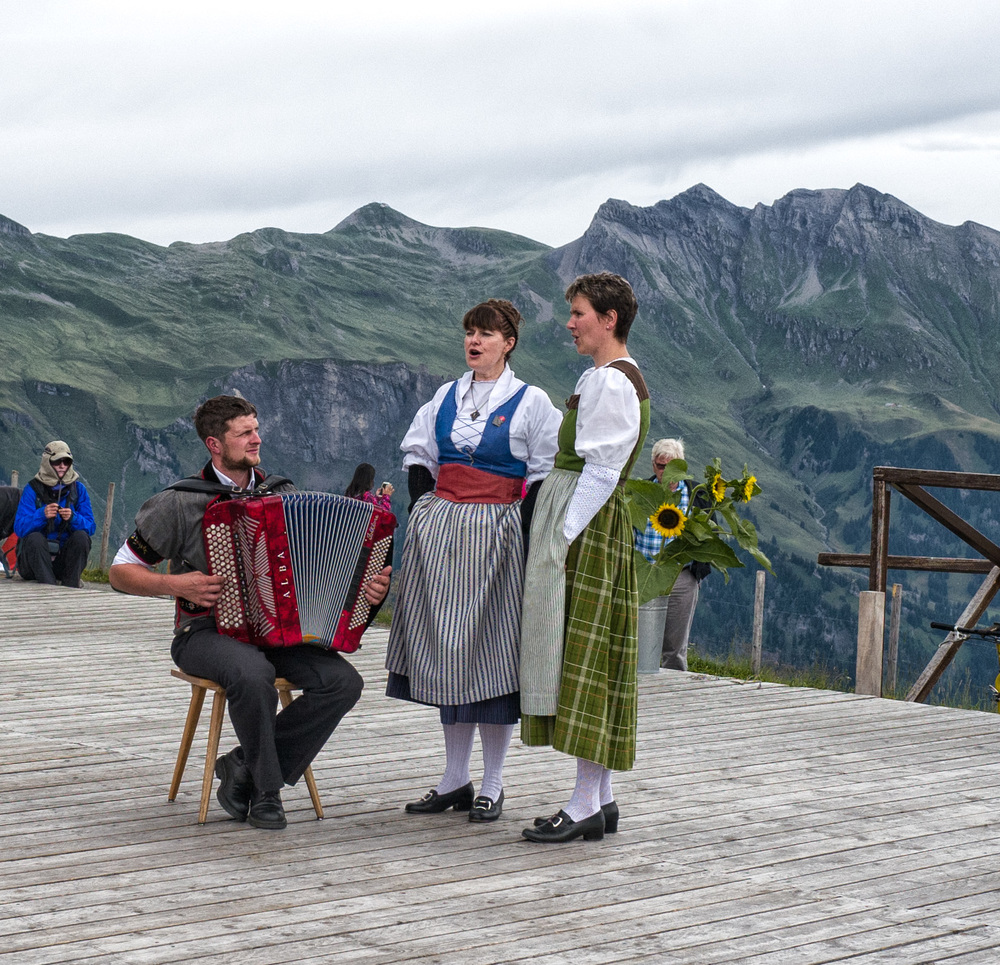
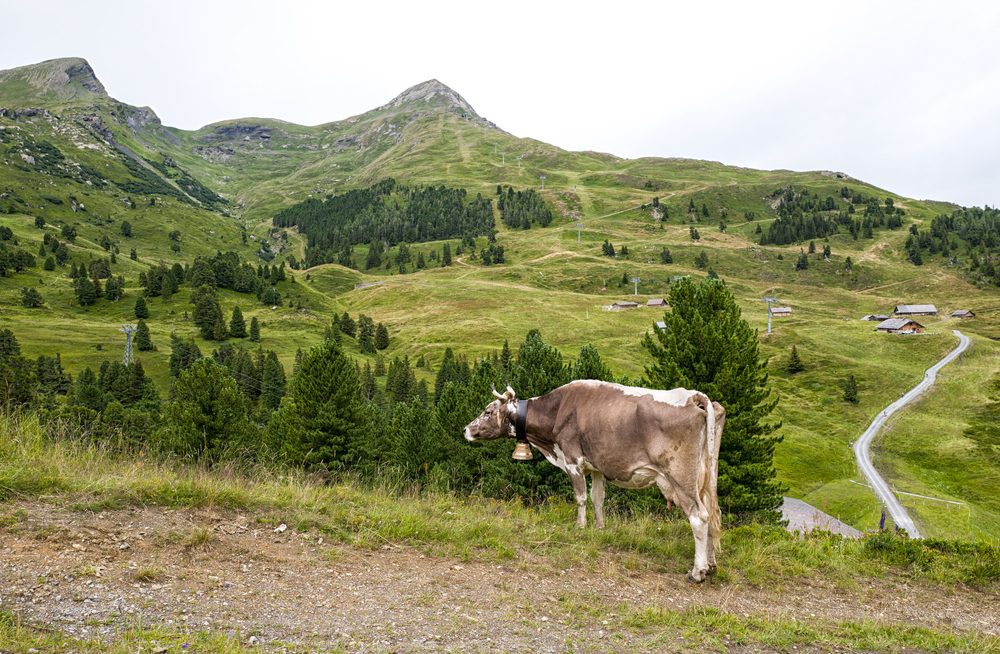
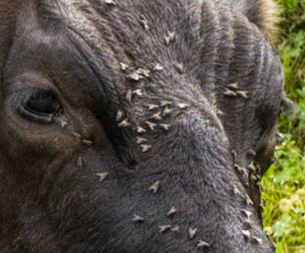
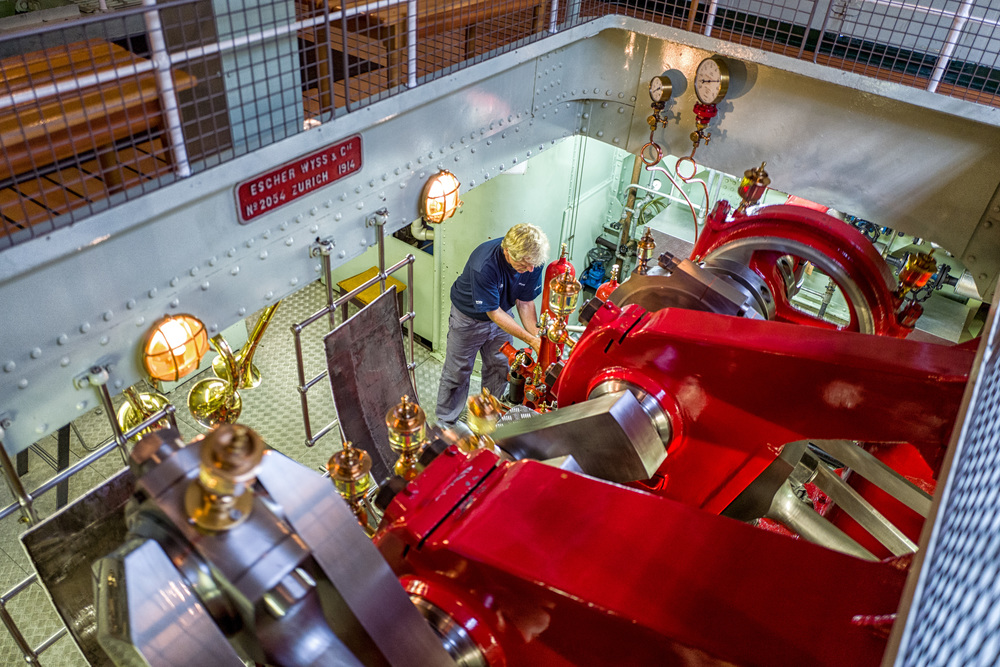
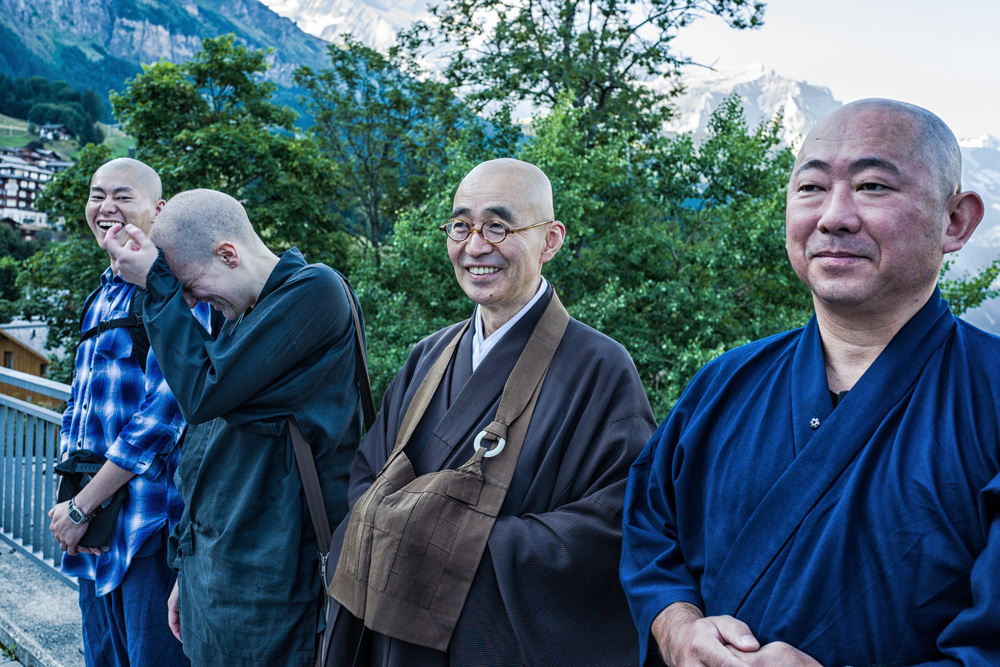



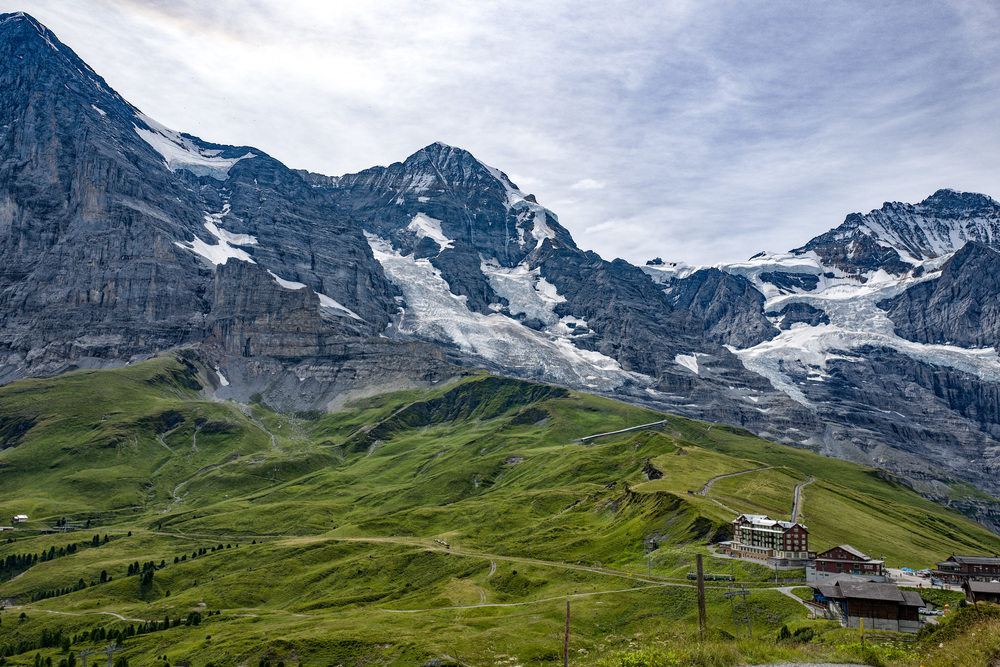
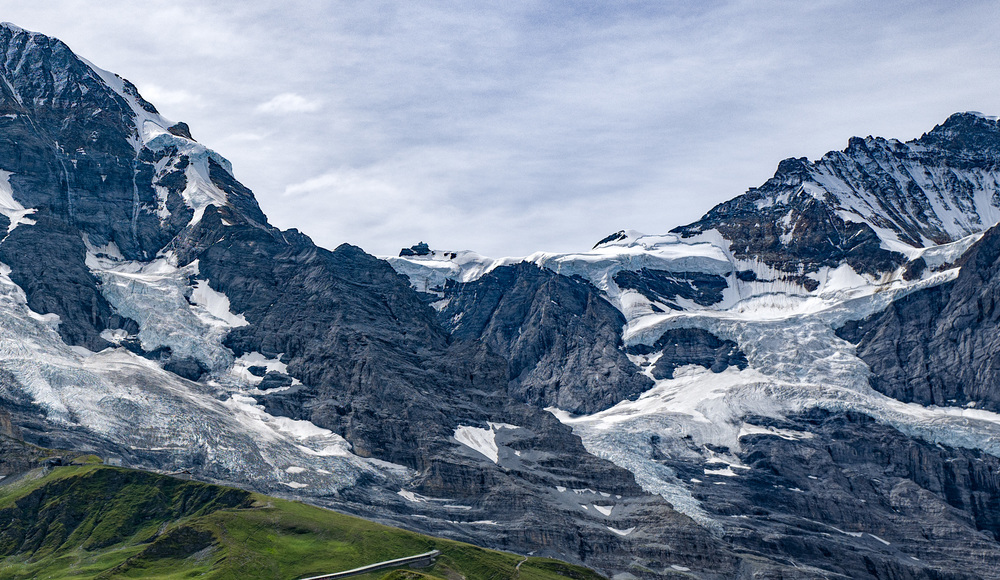
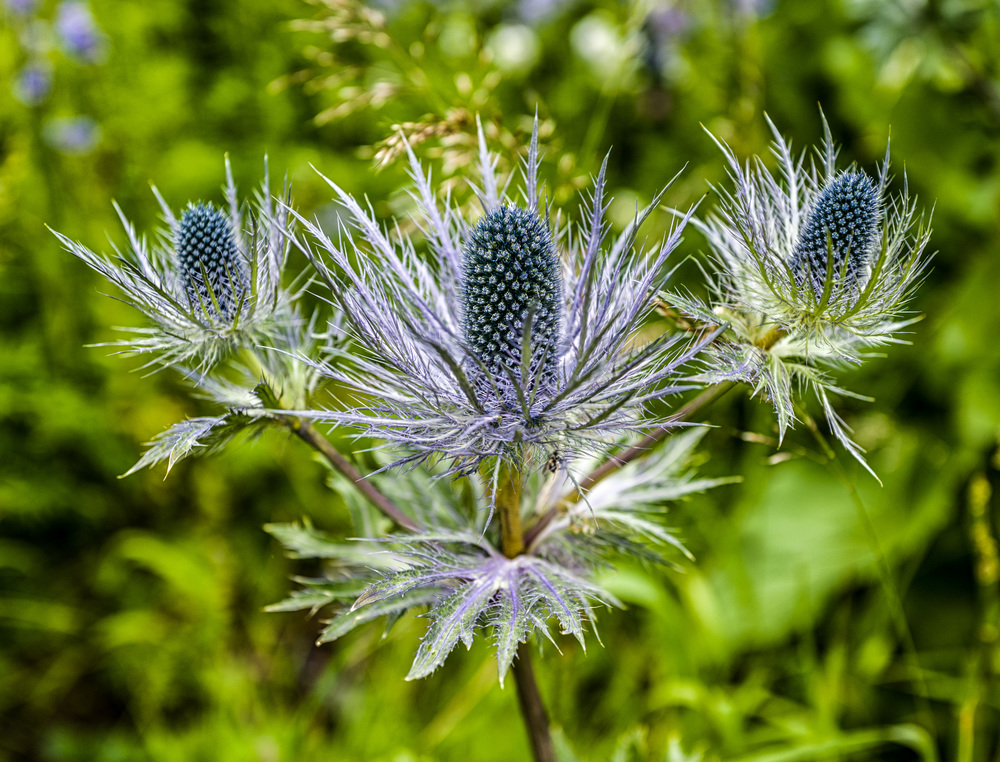
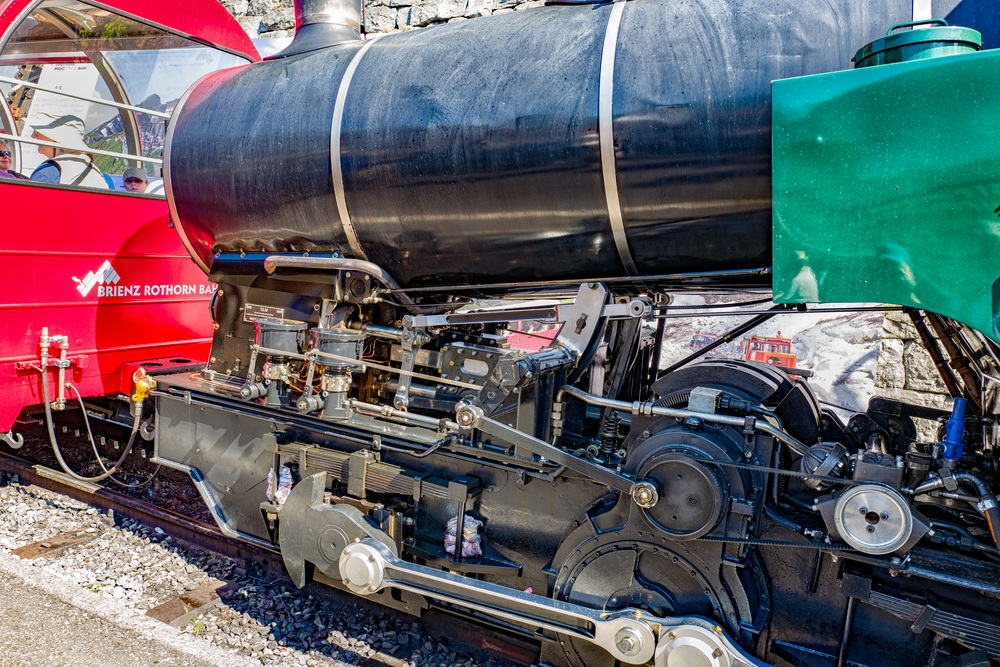
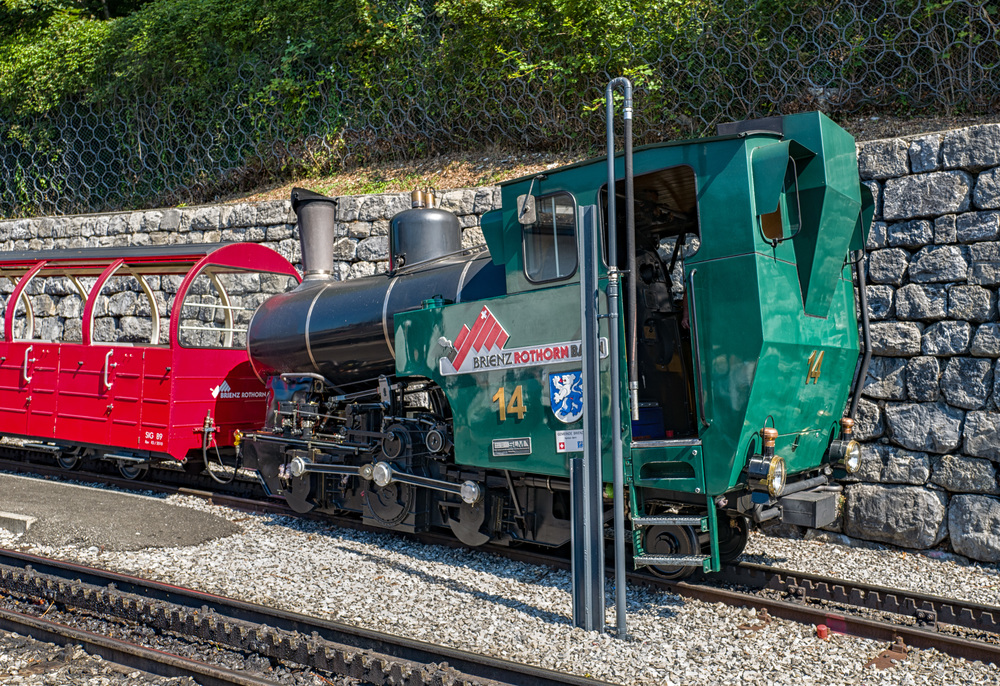
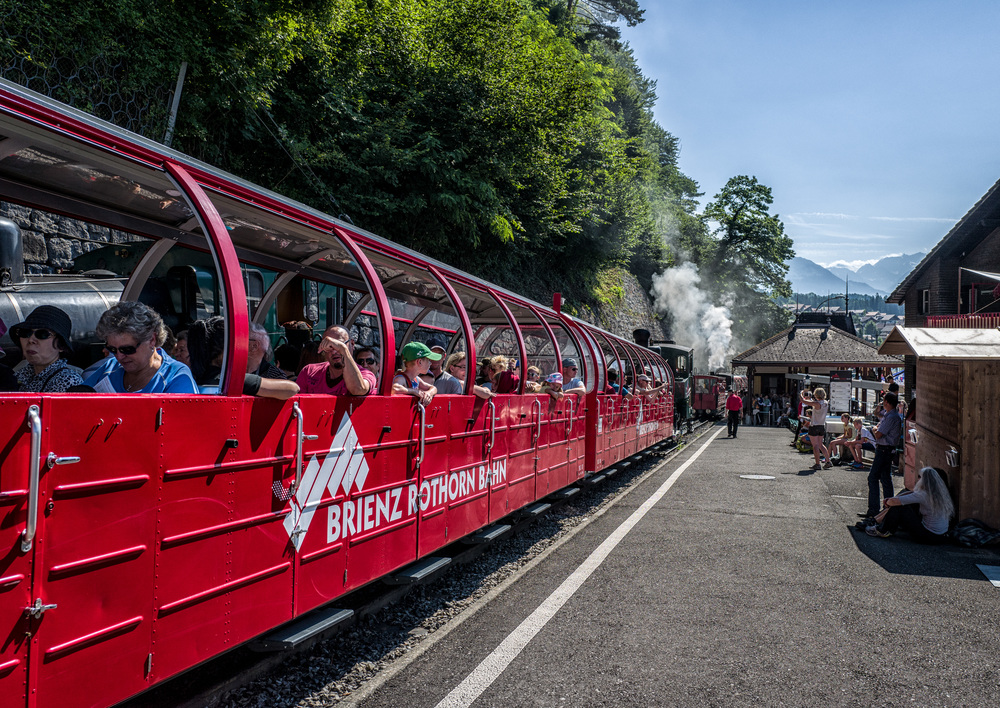
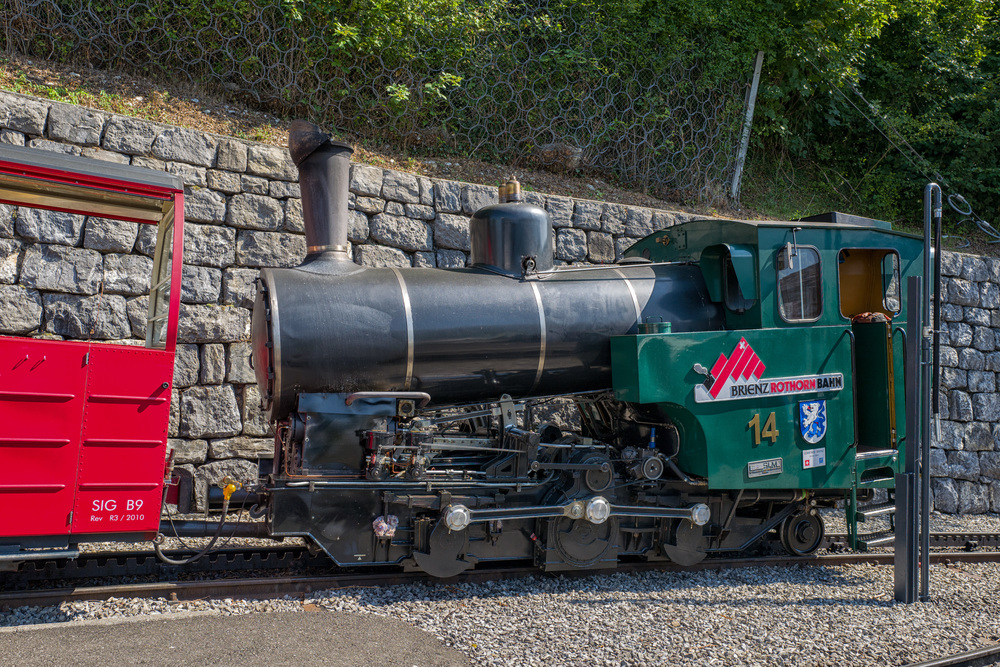
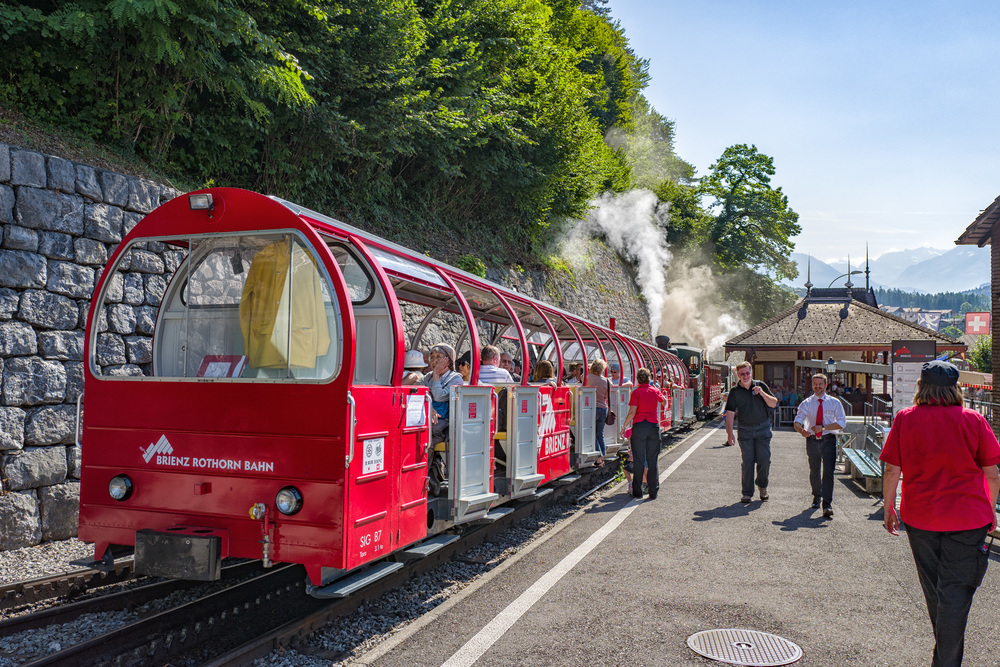
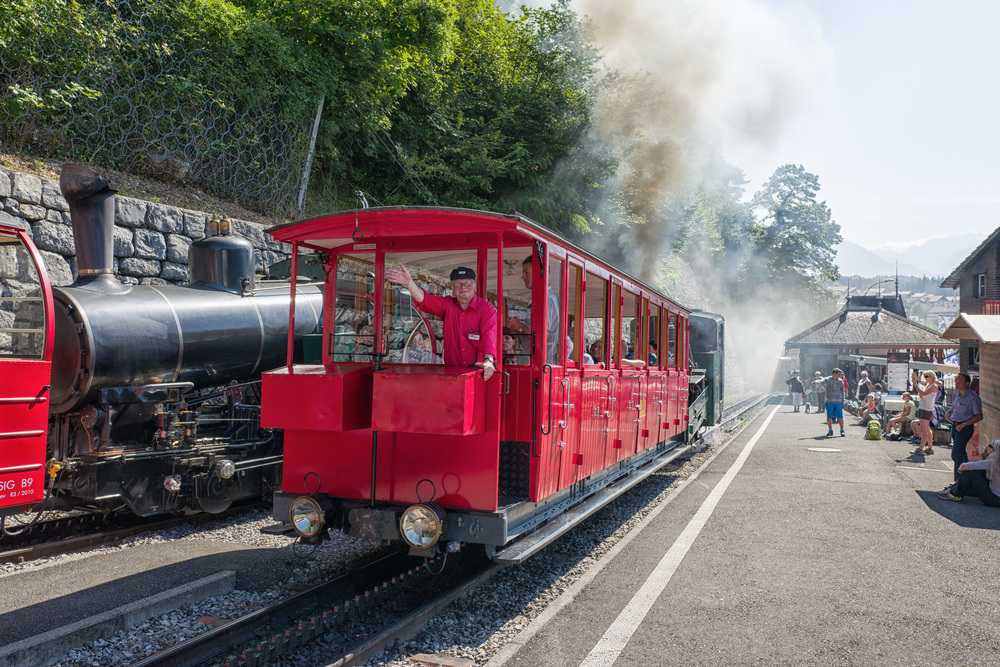
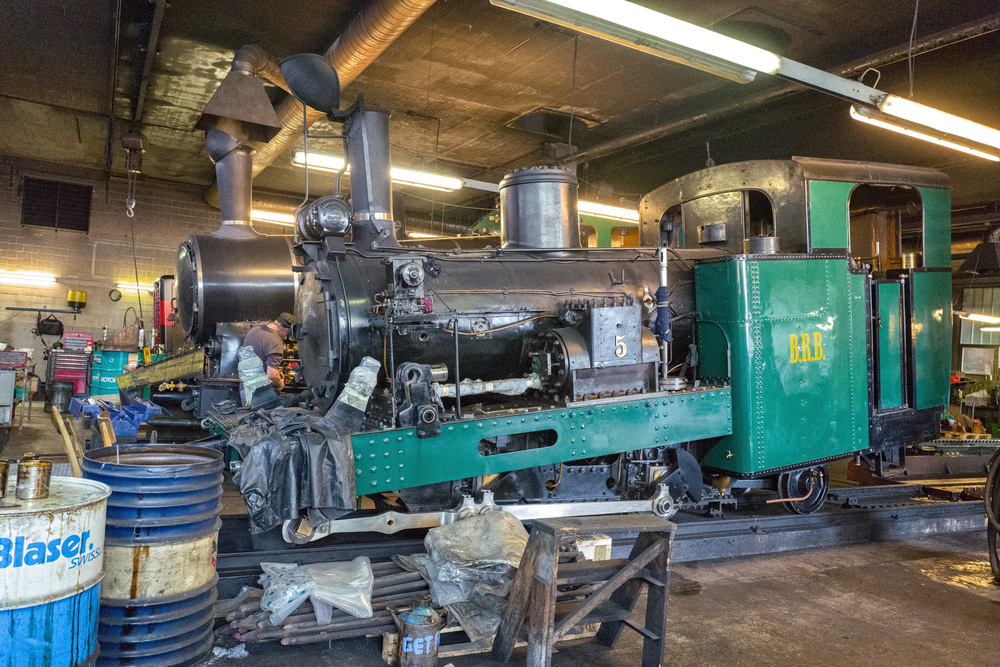
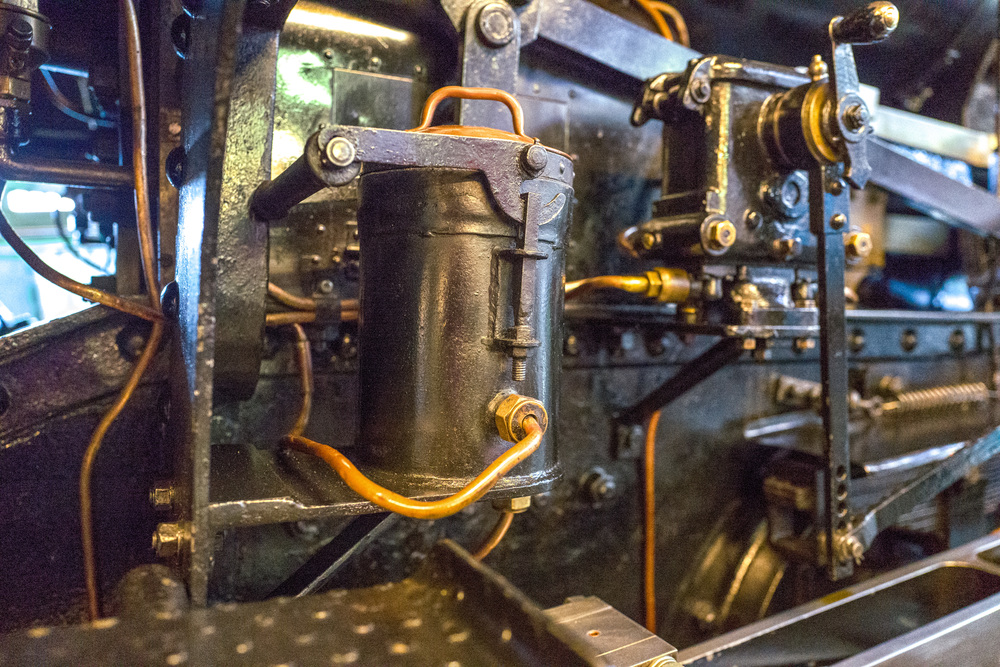
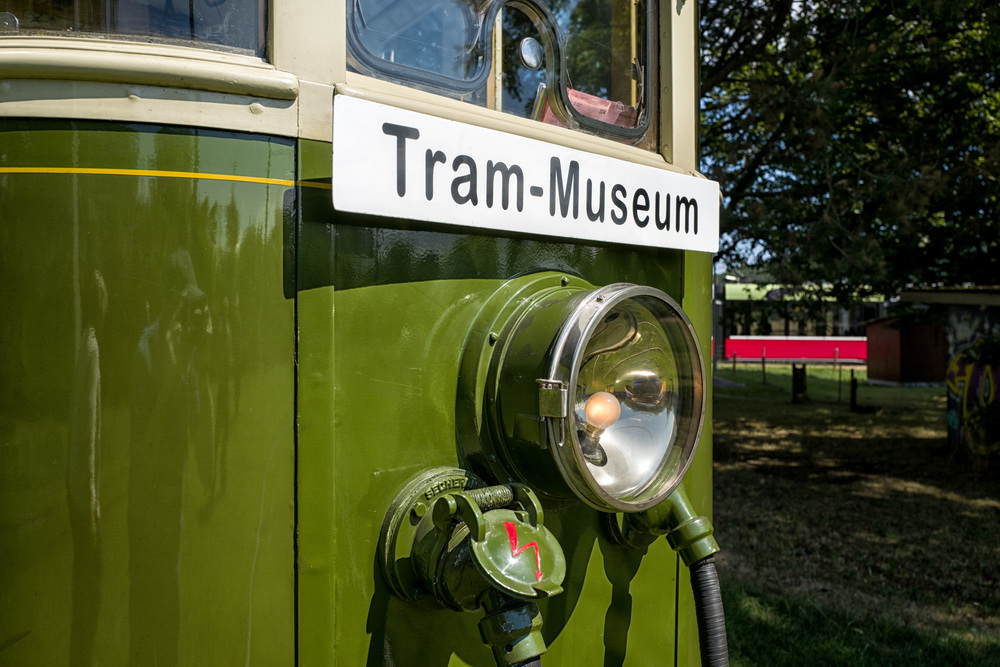
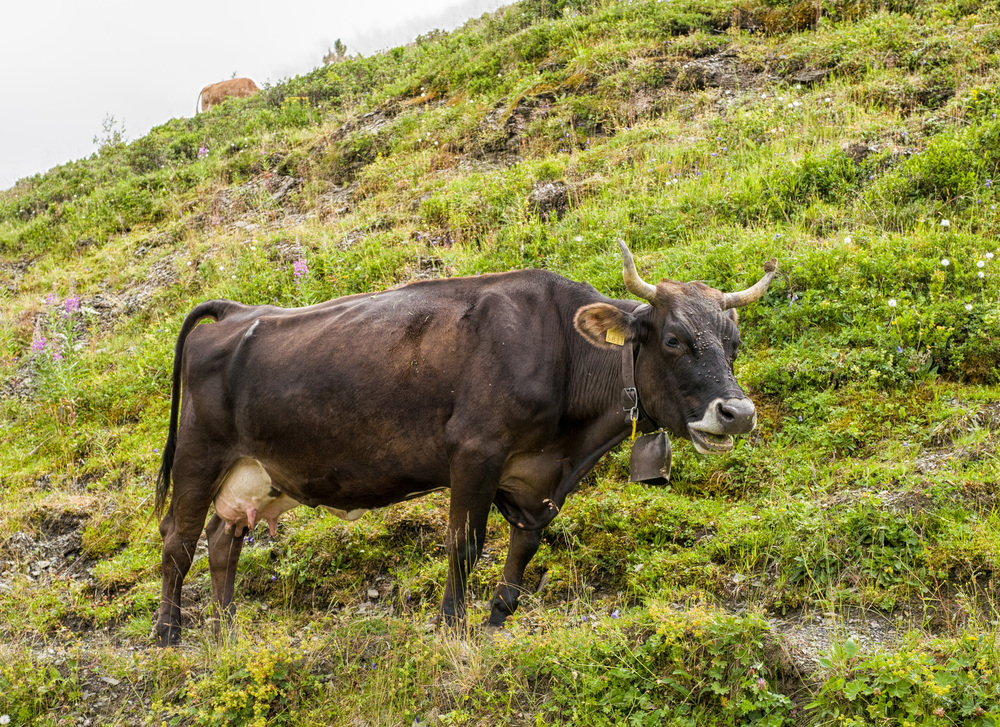

Just reinforced why I ordered my Q shame it won’t be delivered until September!
As a new M Monochrom owner, who lacks a wide angle lens and wonders if he’s made a mistake going all-in with black and white, this article was particularly interesting. Plus, being a swiss resident, you’ve presented our charms well.
I’ve been up to Kleine Scheidegg many times – almost exclusively wearing snowboard boots. While I’m not a train freak, I do possess a national train pass. I need to see how the weather is on the weekend!
Thanks for the excellent article.
Thanks for your comments. I love the Berner Oberland and have been visiting for 30 years, hence this train trip was like a homecoming.
As for the Monochrom, I am also getting to grips with it. I loved the original M9-based MM and the new 246 is better in most respects. I’ve been using it mainly with a 50mm lens and the results are superb. I see the Monochrom as a companion for a more main-stream camera (which bill the Q fits very well). I think if it were my only camera I would become frustrated by the lack of colour when needed. I did think of taking mine to Switzerland but decided on the Q because of the wide-angle lens and the colour. As it turns out, I am glad I did. I think in Monochrom the impact would have been less.
Mike
Hi Mike
Very nice piece. Had my first fondle of the Q at RDC this morning when I (finally) collected my M246 Monochrom (my delay, not Leica’s!).
Very nice the Q feels in the hand, and it clearly delivers, as demonstrated by your lovely Swiss images.
Very tempted. Speak soon.
John
Missed you by minutes this morning, so heard all about the doings. I’m glad you have your hands on the Monochrom at last. The Q seems to have ever-lengthening queues all round the world and it really is a superb camera. In fact, it’s an ideal colour complement to the M246, so polish up your credit card.
Mike
’28mm fan’
Mike, this was the reason I sold my X100S, I just missed the little extra that the 28mm lens gives (especially as my old but still wonderful Digilux 2 has the 28-90mm range). My answer, as you know, was the very under-rated X-Vario, which I like more and more each time I use it, but I must admit the Leica Q is very tempting. Maybe once the supply of cameras is better I will give one serious consideration, but in the meantime the X-Vario is fine. (There is/was one for sale at Harrisons in Sheffield if you’re still after one, by the way, c/w Leica EVF etc; I’ve no connection with them, other than as an occasional customer).
Regards,
Geoff Morgan
Thanks Geoff, I’ll bear that in mind. But I can definitely recommend the Q as one of the better cameras in the Leica range.
Very nice Mike. Fabulous scenery! My Q is on order from Ivor at Red Dot. I fear it’s going to be a long wait, now that the Wetzlar folks are heading to the coast for August!
I’ll keep my fingers crossed for you. It will be worth the wait.